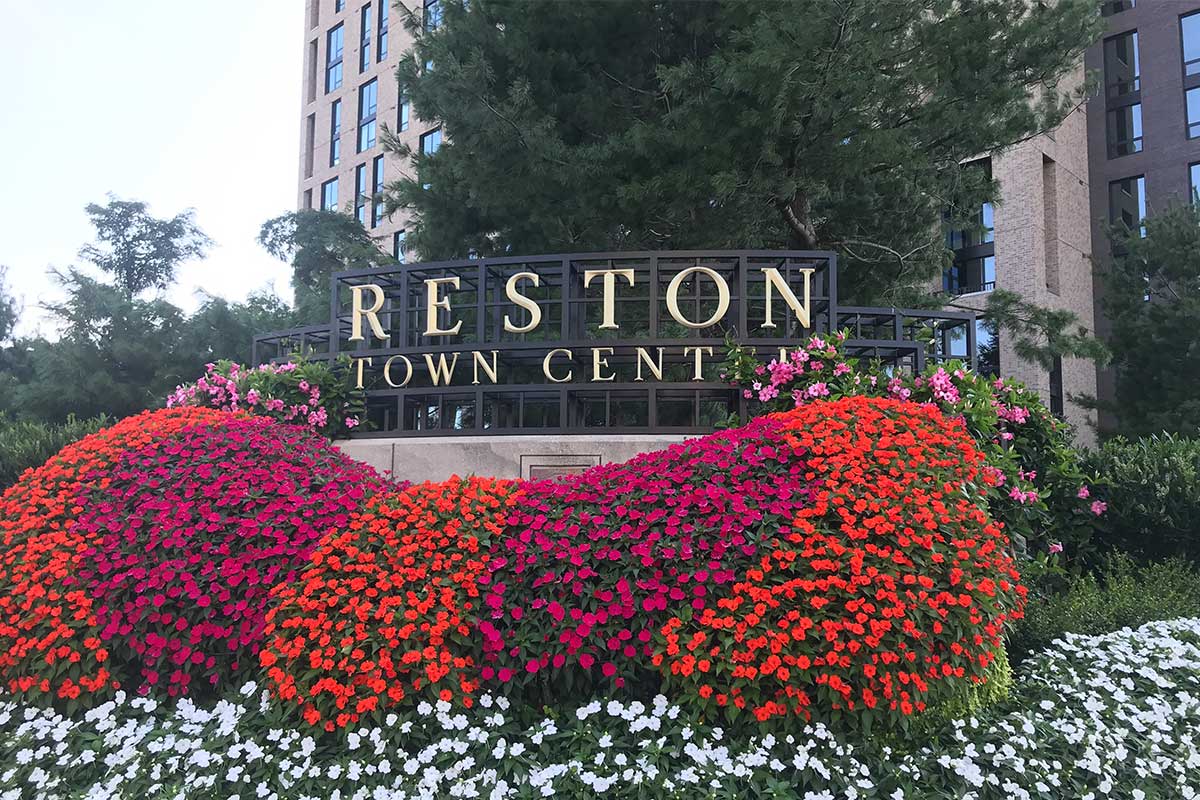Comprehending Stage 3 Creosote: An In-depth Analysis in Reston, VA
Creosote is a common term in the chimney and fireplace maintenance sector, but it is not usually a topic of everyday discussion for the average homeowner. However, understanding creosote, especially Stage 3 Creosote, and its implications is paramount for those who own a home with a fireplace or wood-burning stove. This is particularly true for residents in Reston, VA, where the colder months necessitate the use of fireplaces. This article delves into an in-depth analysis of Stage 3 Creosote, its impact, and the role of professional chimney sweeps, such as A&T Chimney Sweeps fireplace, furnace, dryer vent, gutter cleaning and repair services in Reston, VA.
Creosote, a by-product of burning wood, is a flammable substance that accumulates in chimneys and stove pipes. It exists in three stages, each progressively dangerous and complex to remove. Stage 3 Creosote, often referred to as third-degree or glazed creosote, is the most hazardous and challenging to eliminate.
Stage 3 Creosote develops when there is a consistent low-temperature combustion in the fireplace. This occurs when unseasoned wood is burnt, or the flue is cooled by a large chimney or exterior winds. The room temperature allows the creosote to condense into a liquid that dries into a very dense, energy-rich, and shiny glaze on the chimney walls.
The danger of Stage 3 Creosote lies in its high concentration of fuel that can ignite at higher temperatures, resulting in a destructive chimney fire. Moreover, its hard, shiny, and tar-like nature makes it difficult to remove, increasing the risk of a fire. It is also a health risk as inhaling creosote dust or fumes can lead to respiratory issues.
Having understood the potential dangers of Stage 3 Creosote, it is essential to discuss the strategies for its detection and removal. The first tell-tale sign of Stage 3 Creosote is decreased chimney efficiency. The creosote layer restricts the flue, causing smoke and toxins to back up into the home. Other signs include a strong, unpleasant odor and visible, shiny glaze on the chimney walls.
Once detected, the removal of Stage 3 Creosote is not a DIY job due to its dangerous nature. It requires professional chimney sweeps who have the requisite training, skills, and equipment to safely and effectively remove this menace.
Companies like A&T Chimney Sweeps fireplace, furnace, dryer vent, gutter cleaning, and repair services in Reston, VA, offer professional creosote removal services. They use specialized tools and techniques, including chemical treatments and controlled burning, to remove the stubborn Stage 3 Creosote. They also provide regular chimney inspection and cleaning services to prevent the buildup of creosote and ensure the safe operation of your fireplace or wood-burning stove.
The importance of regular chimney maintenance cannot be overemphasized, especially when it comes to preventing the buildup of Stage 3 Creosote. Regular chimney inspections and cleanings are essential to detect and remove creosote before it reaches the dangerous third stage.
In conclusion, understanding Stage 3 Creosote is crucial for homeowners to ensure the safe and efficient operation of their fireplaces or wood-burning stoves. It requires professional intervention for its detection and removal. Regular chimney maintenance by professionals is the most effective strategy to prevent its buildup and the ensuing risks.
FAQs
1. What is Stage 3 Creosote?
Stage 3 Creosote is a highly flammable, dense, and shiny substance that forms on the chimney walls due to low-temperature combustion in the fireplace.
2. How can you detect Stage 3 Creosote?
Signs of Stage 3 Creosote include decreased chimney efficiency, a strong unpleasant odor, and visible shiny glaze on the chimney walls.
3. Can you remove Stage 3 Creosote yourself?
No, due to its dangerous nature and hard, tar-like consistency, the removal of Stage 3 Creosote requires professional chimney sweeps.
4. How often should you get your chimney cleaned?
It is recommended to get your chimney inspected and cleaned at least once a year to prevent the buildup of creosote and ensure safe operation.
5. What services does A&T Chimney Sweeps offer?
A&T Chimney Sweeps offers professional chimney sweep services, including creosote removal, fireplace, furnace, dryer vent, gutter cleaning, and repair services.








